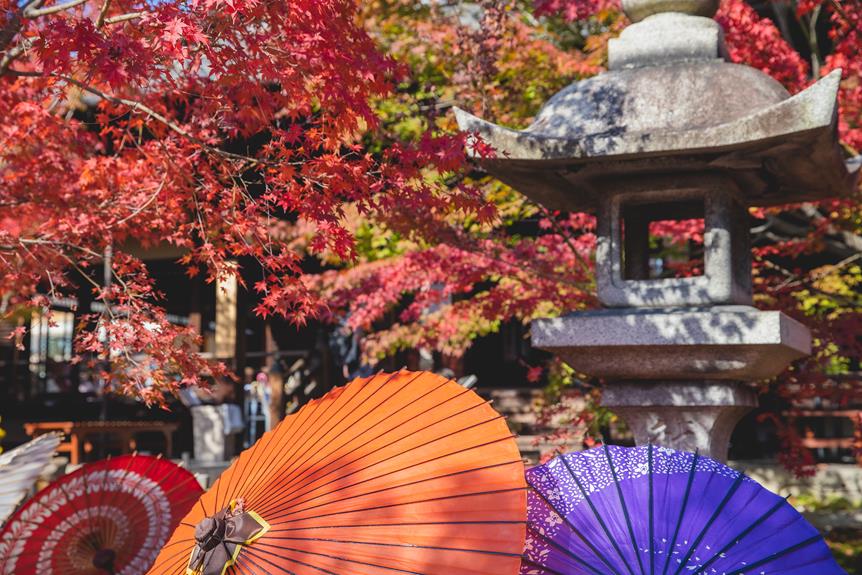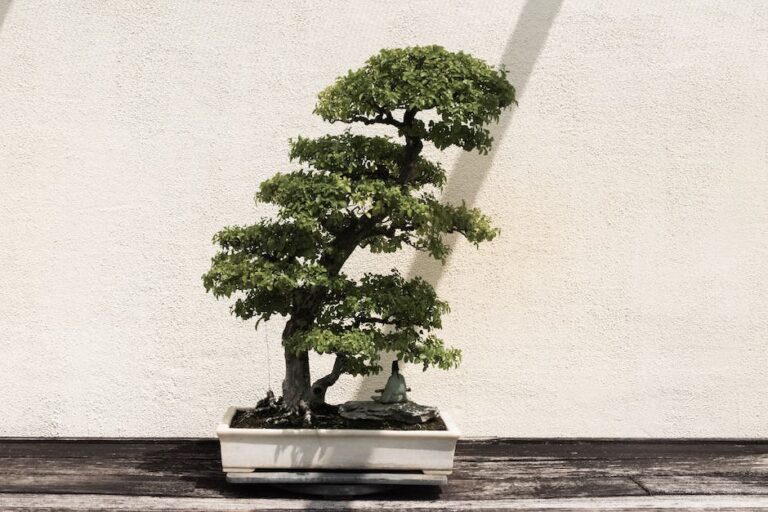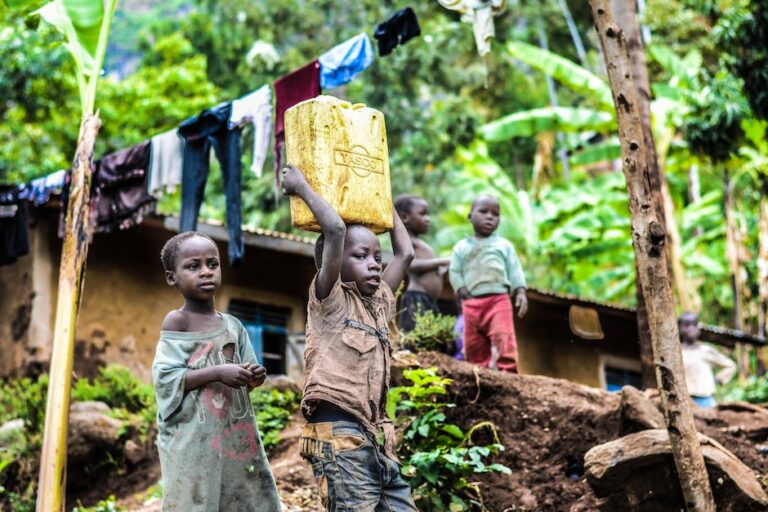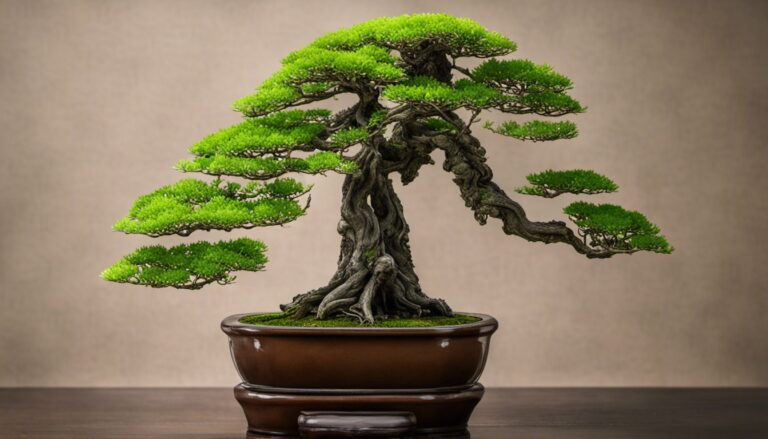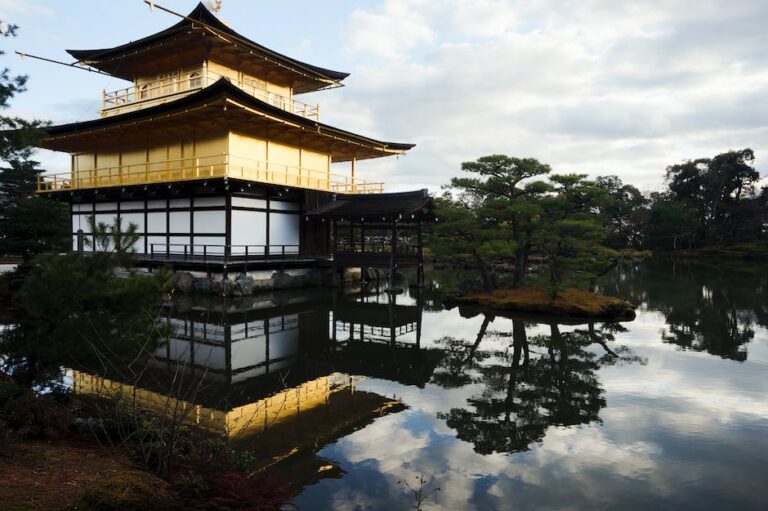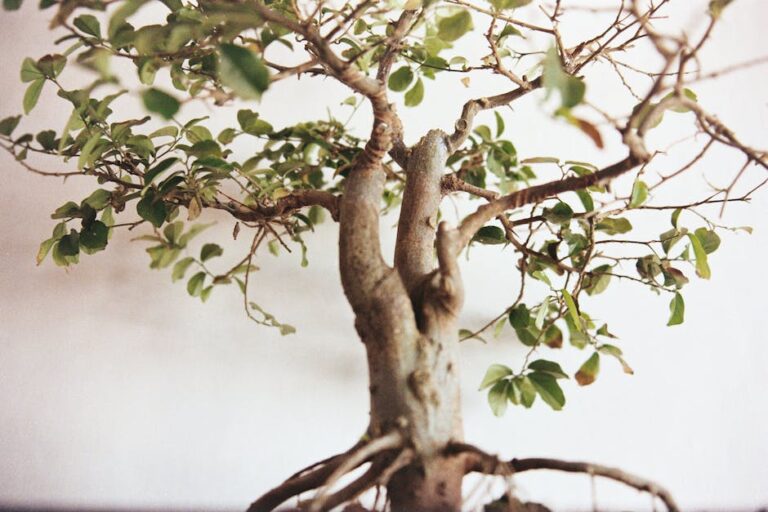Growing Japanese Maple Bonsai From Seed
Growing Japanese Maple Bonsai from seed is a journey I embarked on with great passion. Personally, I believe that starting these delicate beauties from scratch is not just about cultivating a tree but nurturing a connection with nature.
It’s been my experience that the process of seed to bonsai is like watching a story unfold, full of surprises and lessons. In my view, this journey is not only about gardening; it’s about understanding the essence of patience, growth, and the art of bonsai. In this article,
I’ll share insights and tips for cultivating Japanese Maple Bonsai from seed, helping you embark on your own unique bonsai story.
Robins Thoughts
- Select fresh, viable seeds and choose the specific variety of Japanese maple you want to grow.
- Use a well-draining soil mix rich in organic matter and ensure the soil is slightly moist but not overly saturated.
- Regularly monitor soil moisture levels and avoid overwatering to prevent root rot and mold growth.
- Carefully prune and shape branches, consider the natural growth pattern of the maple, and regularly prune and shape to encourage new growth and maintain aesthetic appeal.
Selecting the Right Japanese Maple Seeds
To ensure success in growing your Japanese maple bonsai from seed, you’ll want to carefully select the right Japanese maple seeds.
Germination techniques play a crucial role in the early stages of bonsai cultivation. Start by choosing fresh, viable seeds that have been properly stored. Look for seeds that are plump, firm, and without any signs of damage or discoloration.
It’s also important to consider the specific variety of Japanese maple you want to grow, as different varieties have varying growth habits and characteristics.
Once you’ve selected the seeds, it’s time to focus on seedling care. Provide them with a well-draining soil mix and ensure they receive adequate sunlight and moisture.
Regularly monitor the seedlings for any signs of disease or pest infestation, and take appropriate action to address these issues promptly.
With proper selection and care, you’ll be on your way to growing a beautiful Japanese maple bonsai from seed.
Preparing the Soil for Seed Germination
To successfully germinate your Japanese maple seeds, it’s crucial to prepare the soil correctly.
Start by selecting a well-draining soil mix that’s rich in organic matter.
Ensure the soil is slightly moist but not overly saturated to provide optimal conditions for seed germination.
Soil Composition Tips
You’ll want to ensure that your soil composition for your growing Japanese maple bonsai from seed includes a mix of organic matter and well-draining components. This will provide the optimal environment for your bonsai to thrive. When it comes to soil pH levels, Japanese maple bonsai prefer slightly acidic to neutral soil, with a pH range of 5.5 to 7.0. The nutrient requirements of your bonsai will vary depending on the specific variety, but generally, they require a balanced fertilizer with a ratio of nitrogen (N), phosphorus (P), and potassium (K). To help you understand the nutrient requirements of your Japanese maple bonsai, here is a table that provides information on the primary nutrients and their functions:
| Nutrient | Function |
|---|---|
| Nitrogen (N) | Promotes leaf and stem growth, enhances green coloration |
| Phosphorus (P) | Stimulates root development, aids in flower and fruit formation |
| Potassium (K) | Improves overall plant health, strengthens resistance to diseases and pests |
| Calcium (Ca) | Supports cell structure, aids in nutrient uptake |
| Magnesium (Mg) | Essential for chlorophyll production, promotes photosynthesis |
Optimal Moisture Levels
Maintaining the optimal moisture levels is crucial for the healthy growth and development of your Japanese maple bonsai. To ensure your bonsai receives the right amount of water, it’s important to measure the moisture in the soil regularly. Use a moisture meter or your finger to gauge the soil’s moisture content.
The ideal moisture level for Japanese maple bonsai is slightly damp but not overly wet. Avoid overwatering, as it can lead to root rot and other issues. Additionally, it’s essential to prevent mold growth, which can occur in overly moist conditions.
To prevent mold, make sure the bonsai has good air circulation and avoid excessive humidity. Regularly check the leaves and branches for any signs of mold and take immediate action if detected.
Sowing and Caring for Japanese Maple Seedlings
Now that you’ve prepared the soil for seed germination, it’s time to move on to sowing and caring for your Japanese maple seedlings.
Proper soil and watering techniques are crucial for their growth, ensuring they receive the right amount of moisture and nutrients.
Additionally, maintaining the right temperature and humidity levels will create an optimal environment for their development.
Soil and Watering
To ensure healthy growth, it’s important to regularly monitor the moisture levels in the soil of your Japanese maple bonsai. Proper watering techniques and soil amendments are crucial for the success of your bonsai. The table below provides a helpful guide on how to water your Japanese maple bonsai and suggests some soil amendments to promote optimal growth.
| Watering Techniques | Soil Amendments |
|---|---|
| Water thoroughly, allowing excess water to drain out of the pot. | Use a well-draining bonsai soil mix consisting of a blend of akadama, pumice, and lava rock. |
| Avoid overwatering, as it can lead to root rot. | Add organic matter, such as compost or leaf mold, to improve soil fertility and moisture retention. |
| Check the moisture level by sticking your finger about an inch into the soil. | Avoid using heavy clay soils that retain too much moisture. |
| Water when the soil feels slightly dry, but not completely dry. | Consider using a humidity tray or misting the foliage to increase humidity levels. |
Temperature and Humidity
Make sure to monitor the temperature and humidity levels in your bonsai’s environment to create the ideal conditions for its growth. Temperature control and humidity management are crucial factors in the successful cultivation of a japanese maple bonsai from seed. Here are some tips to help you maintain the perfect climate for your bonsai:
- Temperature Control:
- Keep your bonsai in a location where the temperature remains consistent, ideally between 60-75°F (15-24°C).
- Avoid placing your bonsai near drafts or extreme temperature fluctuations, as this can stress the plant.
- Consider using a thermometer to regularly check the temperature in the area where your bonsai is kept.
- Humidity Management:
- Japanese maple bonsai thrive in moderate to high humidity levels, around 50-70%.
- To increase humidity, you can place a tray filled with water near your bonsai or use a humidity tray.
- Mist the leaves of your bonsai regularly, especially during dry periods or in heated rooms.
Pruning and Shaping
To achieve the desired shape for your bonsai, carefully prune and shape the branches using sharp bonsai scissors. Pruning is an essential technique that helps maintain the miniature size and artistic form of your Japanese maple bonsai.
Start by removing any dead or damaged branches, as well as those that cross or compete for space. This will improve the overall health and appearance of your tree.
When shaping, consider the natural growth pattern of the maple and aim for a balanced and harmonious design. You can use various tools, such as wire or bonsai clippers, to gently bend and shape the branches into the desired position.
Remember to prune and shape your bonsai regularly, as this will encourage new growth and maintain its aesthetic appeal.
Transplanting Seedlings Into Bonsai Pots
You can now carefully transplant the seedlings into the bonsai pots. Transplanting seedlings is an essential step in the process of growing Japanese maple bonsai from seed. Here are some transplanting techniques and pot selection tips to help you with this task:
- Transplanting Techniques:
- Gently remove the seedlings from their original containers, being careful not to damage the roots.
- Trim any long or tangled roots to encourage healthy growth.
- Place the seedling into the bonsai pot, ensuring that it’s centered and at the desired angle.
- Fill the pot with well-draining bonsai soil, making sure to firmly secure the seedling in place.
- Water the newly transplanted seedling thoroughly to help it settle into its new environment.
- Pot Selection:
- Choose a pot that’s appropriate for the size and style of your bonsai.
- Consider the material and color of the pot to complement the aesthetics of your bonsai.
- Ensure that the pot has sufficient drainage holes to prevent waterlogging.
Pruning and Training the Growing Bonsai
As your bonsai continues to grow, it’s important to prune and train it to maintain its desired shape and size. Pruning is an essential bonsai technique that involves removing unwanted branches and foliage. By selectively cutting back growth, you can enhance the overall aesthetics of your bonsai.
Regular pruning helps to maintain the bonsai’s compact form and promotes the development of fine branches. Training, on the other hand, involves bending and shaping the branches to create a desired design. This technique allows you to guide the growth of your bonsai and create a harmonious balance between the trunk, branches, and foliage.
Remember to use bonsai wire to gently shape the branches, being careful not to damage them. By mastering these bonsai techniques, you can create a beautiful and well-proportioned bonsai that reflects your personal aesthetic.
Nurturing and Maintaining a Healthy Japanese Maple Bonsai
Maintaining a healthy Japanese Maple bonsai requires regular watering and careful monitoring of its sunlight exposure. Here are some tips to help you maintain the health of your bonsai and prevent common bonsai diseases:
- Watering: Bonsai trees have specific water requirements. Make sure to water your Japanese Maple bonsai thoroughly, allowing the water to soak the soil completely. However, avoid overwatering, as it can lead to root rot.
- Sunlight: Japanese Maple bonsai thrive in partial shade or filtered sunlight. Place your bonsai in a location where it receives bright but indirect sunlight. Avoid exposing it to direct sunlight for extended periods, as it can scorch the leaves.
- Disease prevention: To prevent common bonsai diseases such as powdery mildew and root rot, it’s essential to maintain good hygiene. Regularly inspect your bonsai for any signs of disease, such as discolored leaves or fungal growth, and take appropriate action promptly.
My Personal Experience
In my personal experience, I strongly believe that growing Japanese Maple Bonsai from seed is a profound journey of nurturing and patience. As I see it, every tiny seed carries the potential for a magnificent tree.
I have a hunch that there’s an inherent magic in witnessing these little seeds sprout and grow into bonsai. From my perspective, it’s not just about gardening; it’s about a deep connection with nature’s timeline.
I can’t help but think that this journey has enriched my understanding of the bonsai world and the intricate beauty of life’s growth.
Conclusion
It’s been our collective understanding that growing Japanese Maple Bonsai from seed is a rewarding and enlightening journey. It’s our firm conviction that tending to these seeds and watching them flourish into miniature masterpieces offers profound lessons in patience, dedication, and the art of bonsai.
To the best of our ability, this experience deepens our connection with nature’s rhythms and the beautiful transformation of life. Personally, I believe that the journey from seed to bonsai is a testament to the enduring artistry of nature, and I’m convinced that this journey is a unique way to be a part of that art.

